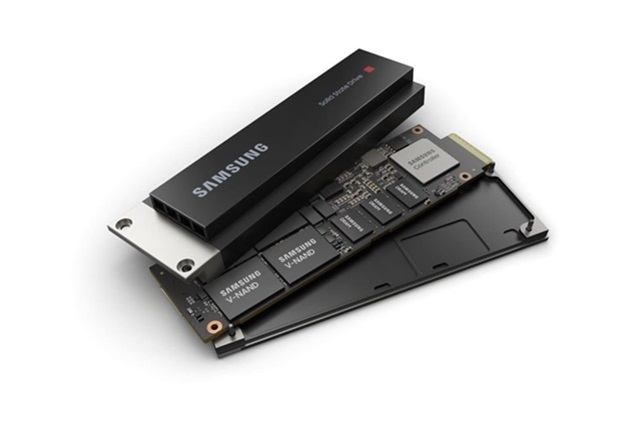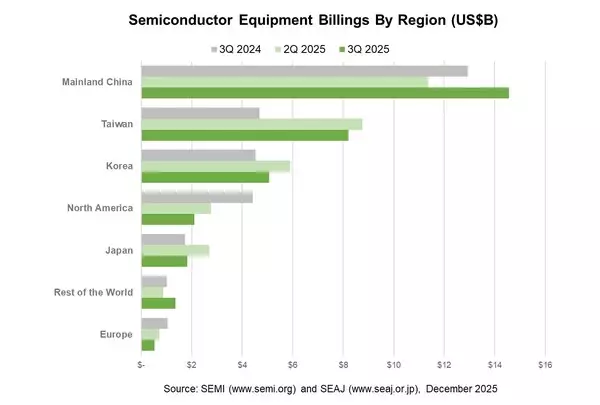On 27 July 2025, European Union and United States of America reached a political agreement on tariffs and trade. The transatlantic partnership is a key artery of global commerce and is the most significant bilateral trade and investment relationship in the world. EU-U.S. trade in goods and services has doubled over the last decade, surpassing €1.6 trillion in 2024. According to the agreement EU-U.S. tariff framework introduces, from August 1, 2025, a unified U.S. tariff rate of 15% on most electronics exports from the EU, thereby creating predictable but structurally higher costs in transatlantic trade.
HIGHLIGHTS
Strategic Imperative for Europe: The Global Electronics Association stresses the urgency of a comprehensive European industrial strategy for electronics. This includes investing across the value chain (from PCBs to advanced packaging), ensuring supply chain resilience, and using EU level funding and procurement preferences to preserve competitiveness and autonomy.
Download the complete report:![]() Global-Electronics-Europe-Report.pdf
Global-Electronics-Europe-Report.pdf
Stay up to date with the latest in industry offers by subscribing us. Our newsletter is your key to receiving expert tips.

PC manufacturers are planning significant price increases on 2026 models as an acute shortage of conventional memory chips, driven by soaring demand for artificial intelligence hardware, tightens supp

SEMI, the industry association serving the global semiconductor and electronics design and manufacturing supply chain, today announced in its Worldwide Semiconductor Equipment Market Statistics (WWSEM

As the global memory shortage intensifies, Innodisk chairman Randy Chien stated that the trend for 2026 will be simultaneous shortages in DRAM and NAND Flash, while edge AI applications take off. With